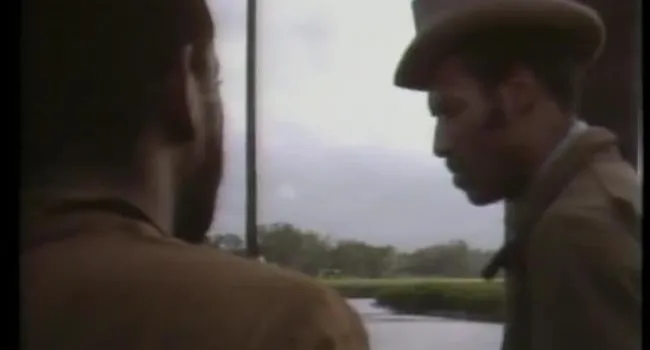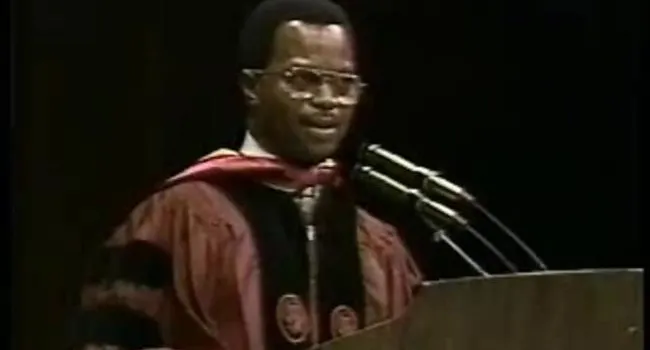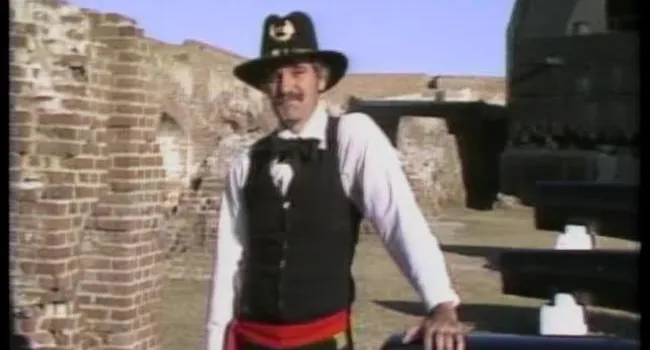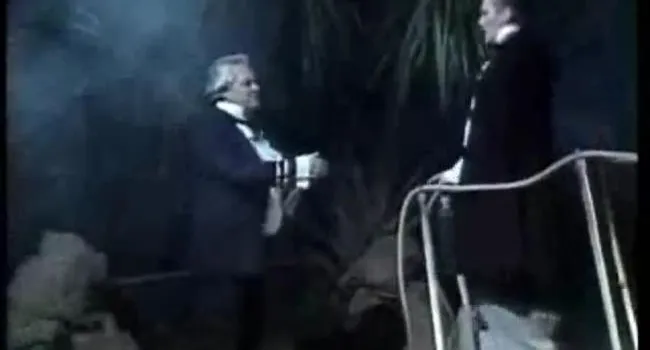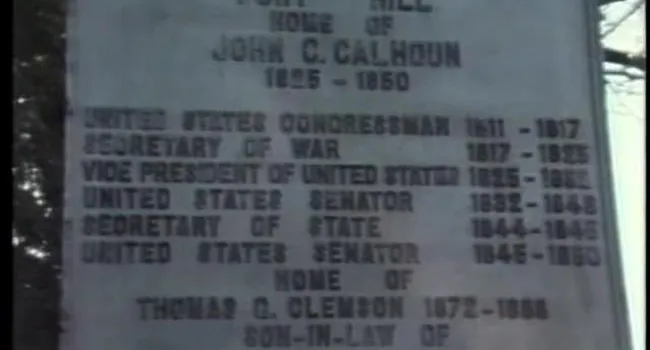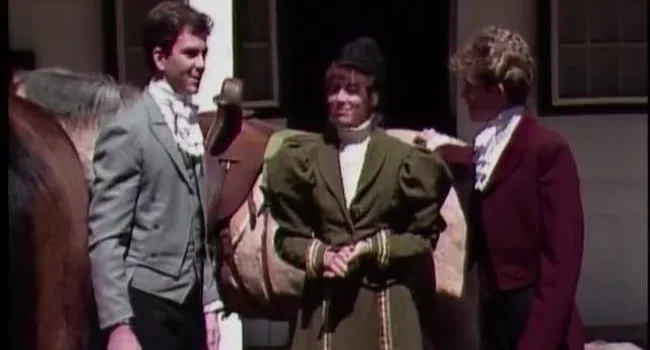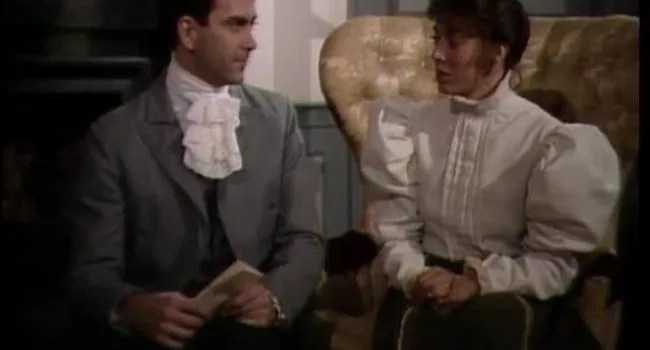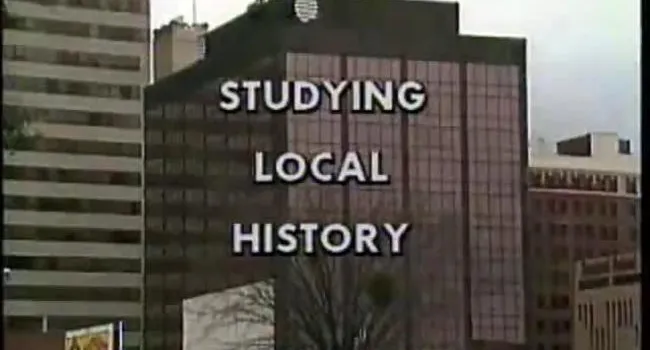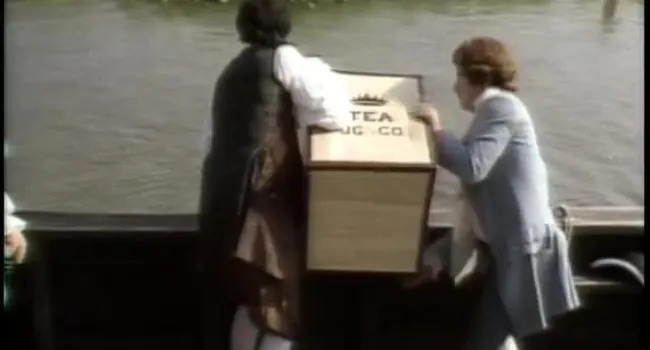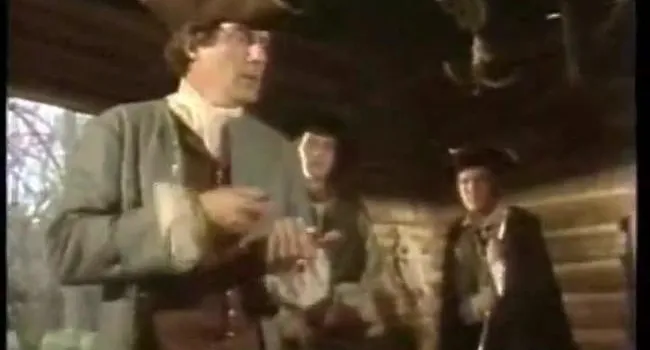This program is based on an oral history conducted by the New Jersey Multi-Ethnic Oral History Project. The subject is a black woman who moved with her family from South Carolina to New Jersey in the 1920's when she was eight years old. The setting is the "Field to Factory" exhibit at the National Museum of American History, Smithsonian Institution, Washington, D. C. This popular exhibit chronicles the black migration from the South to the North from 1915 to 1940. An actress portrays this woman. As she moves throughout the exhibit, she tells of her experiences.
BACKGROUND: Emigration has always played a pivotal role in history in the United States. The industrial North relied heavily on immigrants for its labor force. For many years Irish, Germans, Italians, and Eastern Europeans filled this need. The advent of World War I severely limited the flow of these immigrants. The industrial North began to look to the South, especially for Negro labor. Segregation and other "Jim Crow" Laws limited their opportunities socially, politically and economically. The boll weevil and the ensuing agricultural depression of the 1920's adversely affected economic opportunities for most all southerners, black and white. Both blacks and whites, but blacks in particular, saw the North as a place where they could improve their lives.
It's suggested that this program is viewed after Agricultural Depression.
Standards
- 3-5 The student will demonstrate an understanding of the major developments in South Carolina in the late nineteenth and the twentieth century.
- 5.1.CE Examine push- and pull-factors related to immigration and expansion on urban and rural populations during the period.
- 8-5 The student will understand the impact of Reconstruction, industrialization, and Progressivism on society and politics in South Carolina in the late nineteenth and early twentieth centuries.
- 8-6 The student will demonstrate an understanding of the role of South Carolina in the nation in the early twentieth century.








